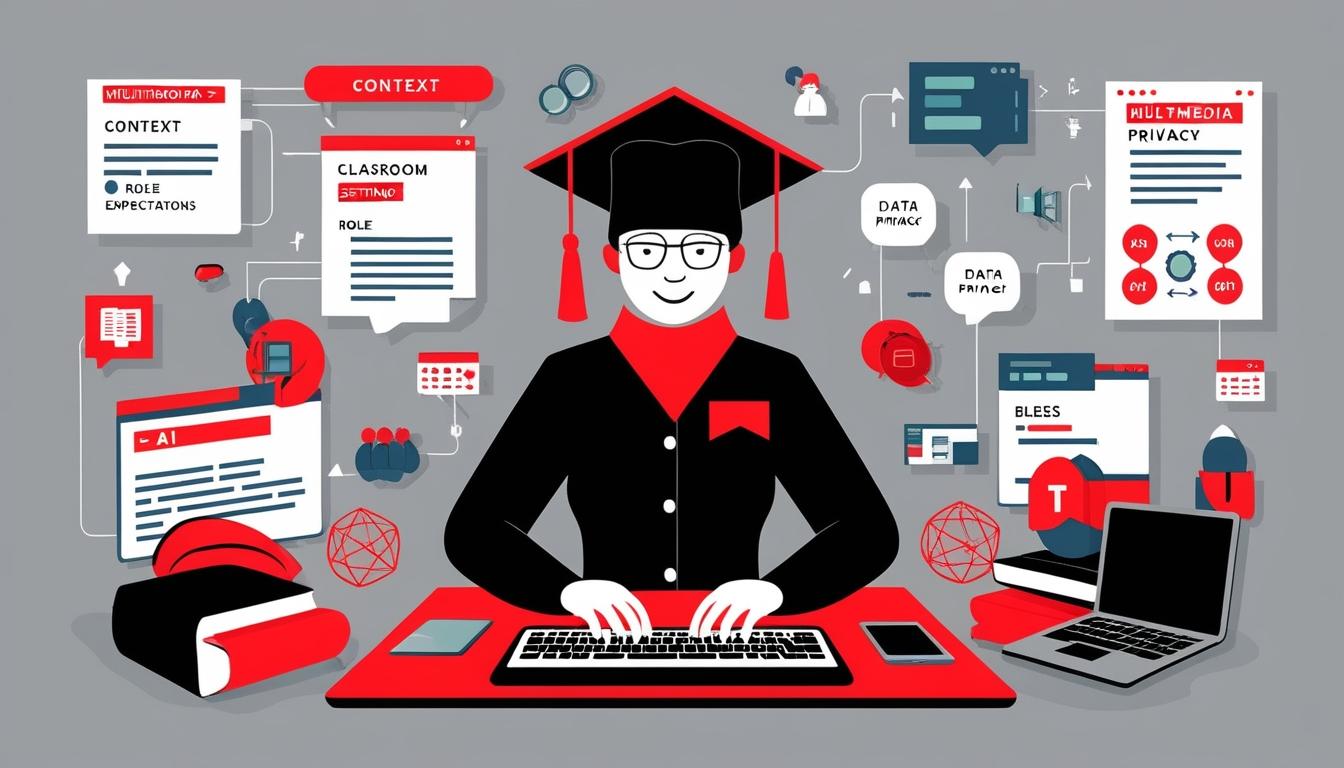In a notable collaboration, OpenAI and Common Sense Media unveiled a free artificial intelligence (AI) course aimed at K-12 educators towards the end of November. This initiative is designed to guide educators in the effective utilisation of AI tools within classroom settings. Feedback on the course has been generally positive, with many praising its informative and structured approach.
The course is structured to be completed in under an hour and includes various multimedia elements such as short videos, readings, quizzes, and interactive activities focused on AI applications in education. One of the significant topics covered in the programme is the generation of effective prompts to enhance teaching with AI technology. While some components may appear elementary to those already well-versed in generative AI platforms like ChatGPT, the course presents a comprehensive overview of the subject, particularly addressing critical considerations such as student data protection and maintaining the crucial role of human educators.
A vital segment of the course focuses on the CRE Framework, which delineates how to construct effective AI prompts. The framework consists of three key components:
-
Context: Educators are encouraged to provide specific contextual information relevant to each prompt. For instance, an example provided is, “Imagine you teach in a high school that has the following demographics.”
-
Role: It is recommended that users specify the role ChatGPT should adopt during the interaction. An illustrative instruction might read: “You are a high school biologist.”
-
Expectations: The course suggests that prompts should include clear expectations. For example, an effective prompt could be, “Write a 15-minute biology lesson plan.”
This structured approach towards prompt writing is expected to assist educators in maximising the capabilities of AI tools like ChatGPT, as noted in the course's materials.
In addition to the CRE Framework, the course also offers a PDF repository filled with various prompt templates tailored for educational contexts. This resource aims to support educators in crafting their context-specific prompts, aiding in the development of effective communication with AI systems. Feedback indicates that engagement with these templates has proven beneficial for understanding the nuances of prompt creation.
The course is also focused on instilling awareness regarding potential issues with bias and privacy. Educators are cautioned about the possibility of certain versions of ChatGPT using input data for future training purposes, and it is emphasised that personally identifiable student information should not be disclosed. This aspect serves as a prudent reminder amid AI discussions.
Moreover, the programme incorporates the Human-In-The-Loop framework, which underscores the importance of retaining teacher control over AI use in educational environments. This focus on human agency highlights the indispensable role that educators continue to play, even as technology becomes more integrated into learning spaces.
While the course has received commendations, there are suggestions for enhancement. Some participants felt that the initial module could be more advanced, allowing for the possibility of skipping should a user already possess foundational knowledge. Furthermore, there was a call for clearer guidance regarding the practical application of the CRE Framework, specifically whether the context, role, and expectations should be explicitly stated in the prompt.
In summary, the course created by OpenAI and Common Sense Media emerges as a relevant resource for educators eager to incorporate AI into their teaching methodology. With an emphasis on practical application through effective prompt writing and critical considerations about bias and privacy, it represents a pivotal step in familiarising educators with the essentials of AI tools in a pedagogical context. The programme has been well-received, with suggestions for refinement indicating a proactive approach to continuous improvement in educational practices surrounding emerging technologies.
Source: Noah Wire Services
